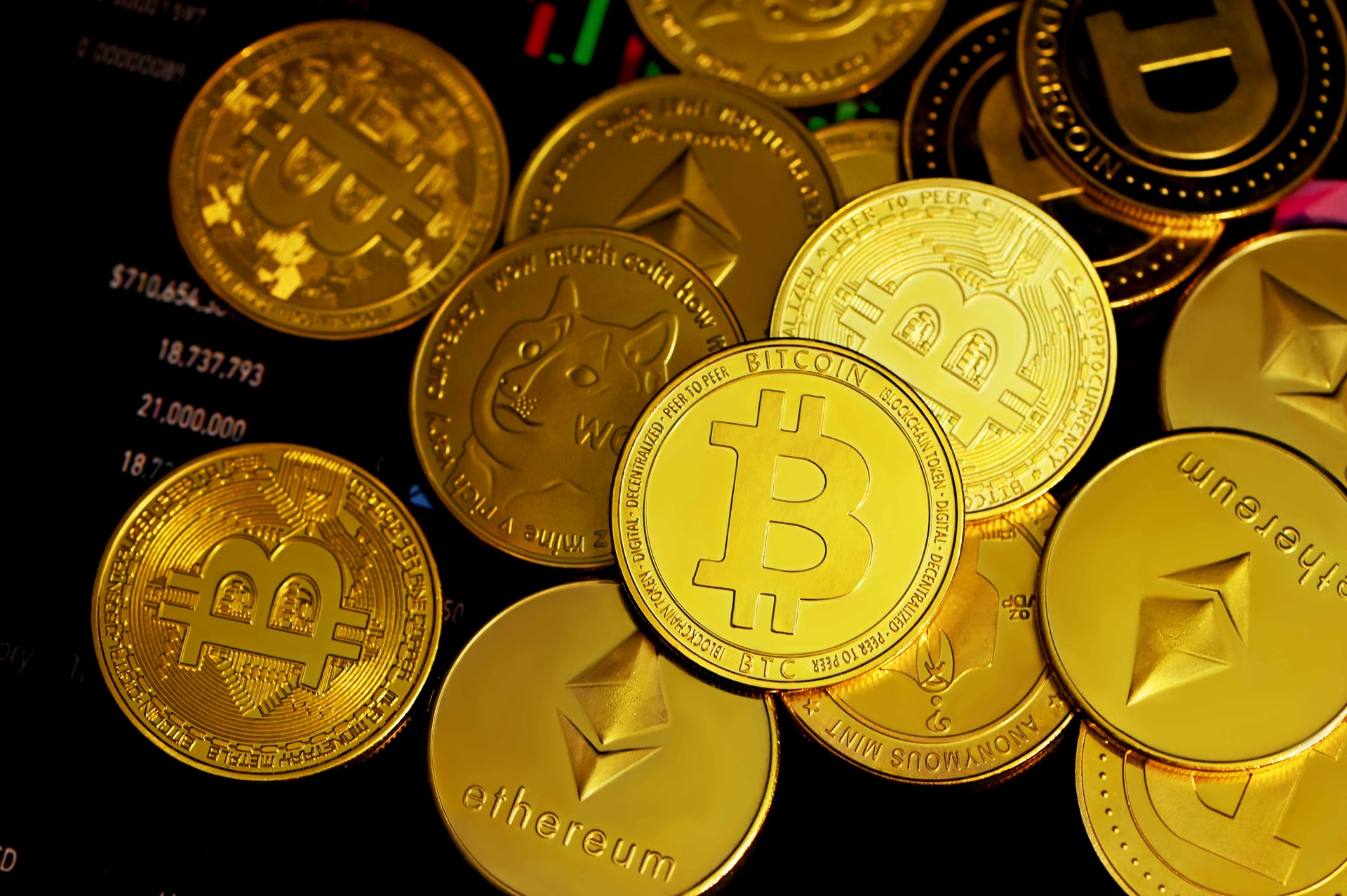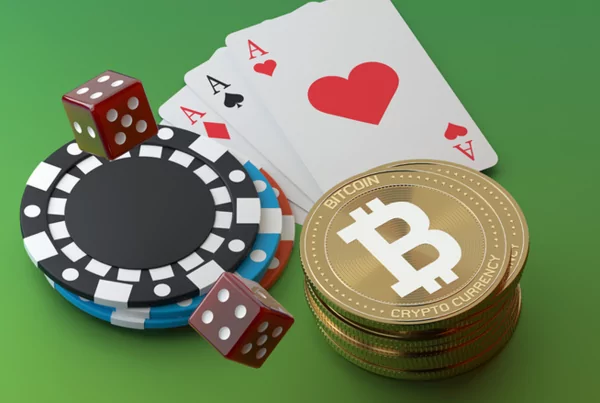
Key takeaways
- People often use the terms “coins” and “tokens” interchangeably, but actually, they are not one and the same
- Coins are native assets of Layer 1 blockchains, such as Bitcoin and Ethereum, and can’t be transferred to other chains
- Tokens are created atop of existing blockchains, usually as native assets of Layer 2 crypto networks
A large share of crypto users utilizes the terms “coin” and “token” interchangeably. However, these often-used terms refer to two distinctive categories. While “Digital Assets” is a general term, and it can refer to any form of digital value placeholders, the same can’t be said for coins and tokens. Here are the main differences between the two terms.
What are coins?
A coin is a native digital asset of its respective blockchain. They are used for transferring and storing value on Layer 1 blockchain platforms such as Bitcoin and Ethereum. BTC was the first coin to have been launched in the cryptocurrency space and accounts for the biggest share of value locked on its rails.
Crypto coins are created through a procedure called mining. They are decentralized, censorship-resistant, and immutable. When a crypto coin is transferred on its native blockchain the transaction data is stored on the network’s public ledger, which means it can’t be tampered with or manipulated by anyone. BTC, ETH, and BNB are some examples of crypto coins.
What are tokens?
A token is issued on a blockchain and can have the same standard as the native asset of that chain. However, tokens have broader utilities than coins and they are created atop of existing blockchains (think Ethereum, for instance). In simple terms, we can say that coins are a form of digital currencies, while tokens can represent various functions. For instance, a token can be used as a non-fungible token (NFT), a blockchain data unit that can be associated with digital files such as photos, videos, and audio.
the same function as coins. There are various decentralized applications (dApps) in the crypto space and the majority of them use their own tokens to provide financial incentives for users and expand the functionality of their products.
Tokens are managed via smart contracts, blockchain-powered software that automatically executes, controls, or documents on-chain events and actions based on a pre-set list of parameters. Smart contracts represent a paradigm shift in terms of contract obligations as they completely remove human corruption from the equation.
As a rule of thumb, tokens can be physically transferred from one blockchain ecosystem to another. Tokens that support this feature are referred to as interoperable, or cross-chain digital assets. In this sense, they are completely unlike coins, which can’t be directly transferred outside their native network. Tether’s USDT is an example of a token that operates on different blockchains.
Closing thoughts
While coins and tokens differ in many key aspects, both are fundamental components of the broader cryptocurrency ecosystem. As blockchain technology continues to make progress, coins and tokens are becoming increasingly mainstream. Given the rise of traditional firms and investors willing to enter the crypto space, we are likely going to see even more functions and a greater number of crypto coins and tokens in near future.
With use cases spanning various industries, including education, agriculture, medicine, and many more, blockchain is not only here to stay but could be instrumental in transforming key areas of the economy and society at large.



